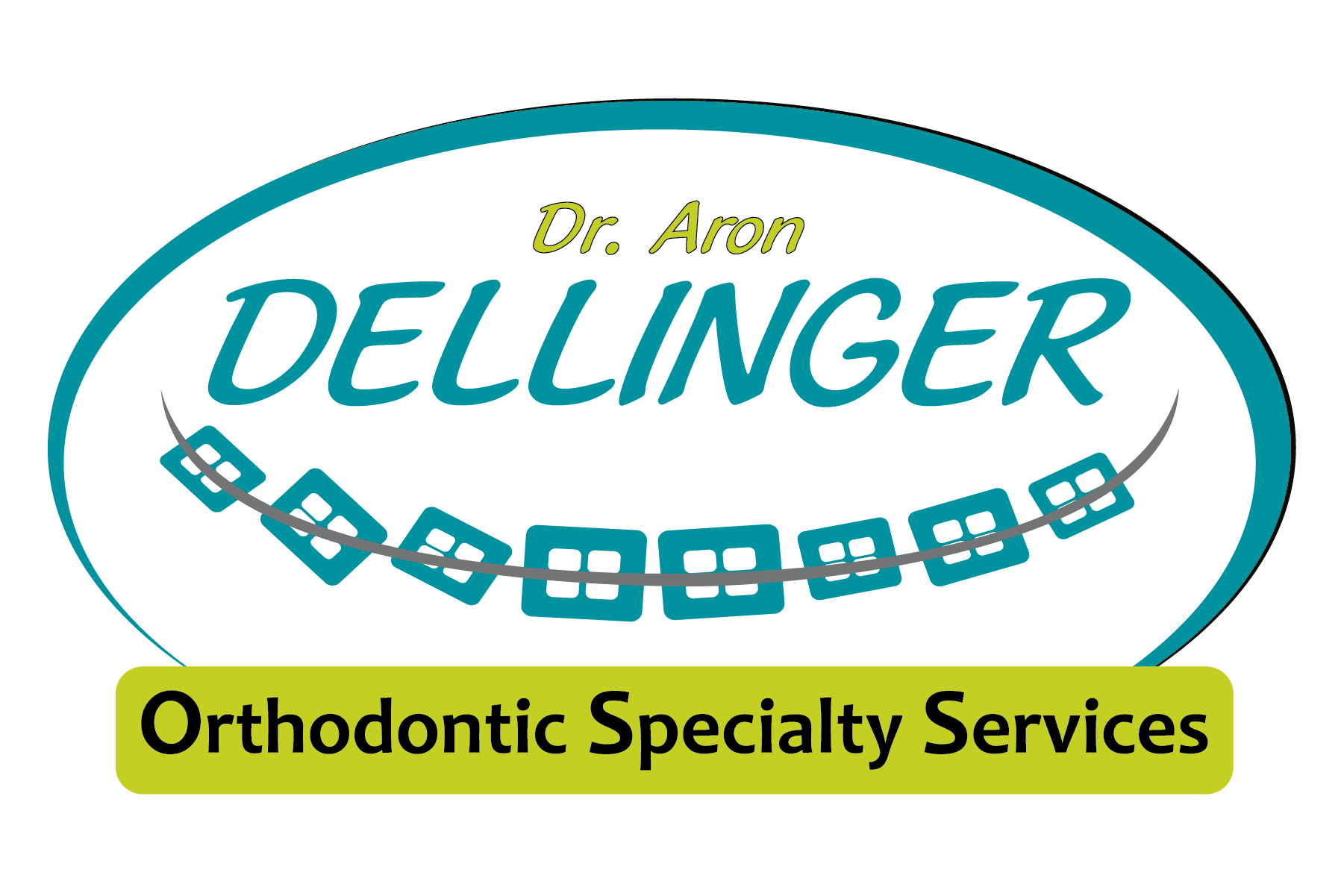Click below to learn more about orthodontics for:
Orthodontics for kids
The American Association of Orthodontists (AAO) recommends that all kids have an ortho evaluation at age 7 to diagnose any potential issues that need to be addressed. Not all kids will need treatment at this age, but it allows us to create a baseline.
Early treatment allows us to:
-
Correct and guide jaw growth
-
Help permanent teeth come in straight
-
Regulate the width of the upper and lower arches
-
Create more space for crowded teeth
-
Avoid the need for permanent tooth extractions later in life
-
Correct thumb sucking
-
Even help improve minor speech problems

When is it time to schedule an appointment?
We understand not everyone is an expert in orthodontics, so here are common signs to watch for so you know when it’s time for a visit with us.
- Early or late loss of baby teeth (children typically start losing teeth around age 5, and have all permanent teeth around age 13)
- Difficulty chewing and/or biting
- Mouth breathing
- Teeth that don’t come together in a normal manner, or at all
- Shifting of the jaw when they open or close their mouth
- Crowded front teeth around age seven or eight
- Your child continues to suck their thumb after age five
- Speech impediments
- Protruding teeth
Orthodontics for teens
The teen years are the most common time for starting treatment. We’ll be with you every step of the way!
Easy Detection
Between the ages of 12-16, spacing, crowding, and other alignment issues become more obvious because most permanent teeth have grown in fully.
Self-Awareness
Teens are typically more conscious of their appearance and how that affects their everyday life. We are ready to not only provide next-level treatment but are also prepared to encourage and build confidence throughout the entire process!
Present & Future
At this point, crooked or crowded teeth or a misaligned jaw can have lasting impacts on a teenager’s future oral and whole-body health, so getting them in for treatment is essential.

Orthodontics for adults
Receiving treatment in adult life is more common than you think. In fact, 1 in 5 patients is over the age of 21.
Why treatment may be necessary
- A bad bite is causing teeth to fit together incorrectly
- Teeth are crowded or spaced apart, which can lead to tooth decay and/or gum disease
- Abnormal jaw pain or pressure caused by crooked, worn, or missing teeth
- General desire for a healthier mouth and a more confident smile
Nervous about the thought of braces?
We completely understand. However, today’s treatment options offer a variety of braces and appliances that are comfortable, aesthetically pleasing, and customized to meet your needs.

Common questions about orthodontics
What is orthodontics?
Orthodontics (also referred to as dentofacial orthopedics) is a specialized form of dentistry that focuses on diagnosing, preventing, and treating dental and facial abnormalities.
Is my dentist an orthodontist?
Both dentists and orthodontists work on teeth. Both provide professional care that helps patients achieve and maintain good oral health, and both are dental school graduates. Your dentist may even offer orthodontic services, which can lead you to assume that they are an orthodontist. But the truth is that putting aligners or braces on teeth does not make a doctor an orthodontist.
Orthodontists have completed four years of dental school, PLUS an additional two to three years of full-time university training, specifically in orthodontics. That full-time training involves intensive study of facial growth and development, bone physiology, functional relationships of the teeth and jaws, and various treatment techniques.
Please visit the American Association of Orthodontics website for more information on this topic.
What is the best age to visit an orthodontist?
Any age can be a great time to visit the orthodontist! The American Association of Orthodontists recommends that children first visit an orthodontist around age seven; however, orthodontic treatment is not exclusive to children and teens. About one in every five orthodontic patients is over the age of 21.
How do I take care of my teeth if I have braces?
- ALWAYS remember to brush your teeth after every meal and floss at least once a day.
- Make sure to use toothpaste that contains fluoride. An additional over-the-counter fluoride rinse is also recommended.
- During your treatment, try to avoid foods with a lot of sugar, which increases the amount of bacteria that grows in your mouth and can cause more plaque and potential cavities.
- Avoid sticky, chewy foods (caramel, gum, gummy bears), and hard foods (hard candy, nuts, ice cubes). Any hard foods you would typically bite into with your front teeth (apples, carrots, corn on the cob) need to be cut into bite-size pieces.
- Continue to visit your dentist for routine checkups at least once every six months.
How long do I have to wear braces?
The amount of time spent in braces will vary because every smile responds differently to treatment depending on the individual patient. Treatment times can last anywhere from 10 to 36 months.
Are braces painful?
Braces do not often hurt, though you may feel a small amount of discomfort for a couple of days as your teeth, gums, cheeks, and mouth get used to your new braces.
Will braces interfere with school activities?
Playing an instrument or contact sport may require some adjustment when you first get your braces, but braces will not stop you from participating in any of your school activities. If you play a contact sport, it is recommended that you wear a mouthguard to protect your braces and/or appliance. We can provide a free one to you in the office.
Emergency Care
To treat general soreness:
- Stick with soft foods.
- Warm salt-water rinses for irritated gum tissue or other sore spots. Place Orabase on the affected area. Orabase can be found at most local pharmacies.
- Place wax or OrthoDots on appliances that are irritating your lips, cheeks, and tongue. OrthoDots can be purchased from Amazon or CVS.
For severe tenderness, take whatever you normally take for a headache or similar pain.
NOTE: Aspirin, Ibuprofen (Motrin, Advil), and Naproxen Sodium (Naprosyn, Anaprox) actually slow down tooth movement, so it is not advisable to use them frequently while wearing braces.
Loose or poking appliance?
Poking Wire
Use a pencil eraser to push the poking wire down, or place wax on it, so it is no longer poking.
Loose Wire
Use a pair of clean tweezers or needle-nose pliers to try to put your wire back into place. If you cannot bend the wire into a comfortable position and covering the end with wax does not help, as a last resort, use a small fingernail clipper to clip the wire behind the last tooth to which it is securely fastened. Please make sure that you and the patient wear safety glasses while clipping the wire. If the end of the wire is still sharp, place wax on it.
Loose Appliance
If your appliance is poking you, place wax on the offending part.

